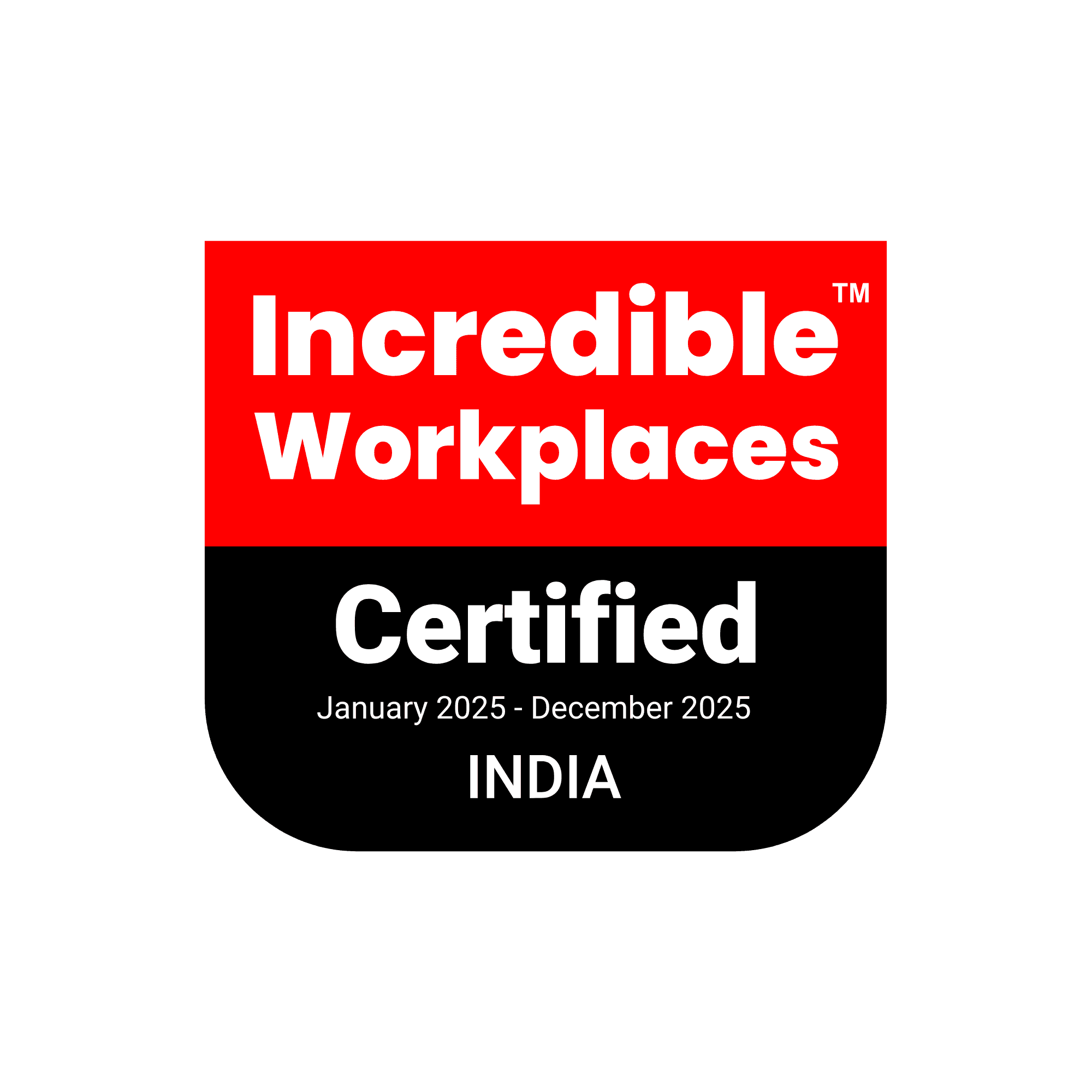Resources
Resources
Stay in the know
Stay in the know
Get the latest news & insights straight to your inbox.
Get the latest news & insights straight to your inbox.

Get real-time risk insights.
Take action.

Get real-time risk insights.
Take action.

Get real-time risk insights.
Take action.

Get real-time risk insights.
Take action.































